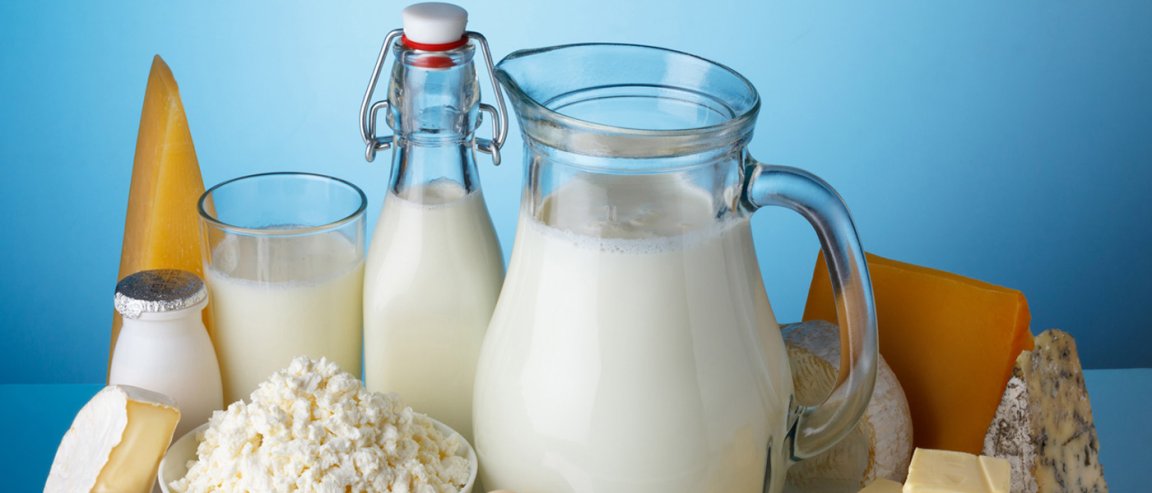
Dairy Deficiency
Good news for anyone who suffers from dairy intolerance—avoiding and finding passable alternatives for it isn’t your only solution. Thanks to advancements in technology, you could possibly be printing the next cheese platter you serve at a dinner party.
Researchers from Wageningen University in the Netherlands are working with FrieslandCampina, a dairy cooperative, to look into 3D printing dairy products.
But why bother when we already have alternatives available for those with an intolerance? Because unlike available options that we have now made of artificial cheese of dairy-free substitutes, 3D printed cheese will still be dairy-based—except it can be made minus all the bad stuff.
It basically uses a protein found in milk called sodium caseinate, which has a liquid feel but can easily solidify after it is released by the 3D printer. This means the consistency and flavor could be closer to the real thing.
Cheese Lovers

Take note that, like most cheese or any other dairy alternative, it only promises to be “close” to the real deal. Solidified sodium caseinate doesn’t necessarily translate to cheese, as it will require additional ingredients to ensure that the flavor and texture of the printed materials stays true to the original.
Because the entire process is still in its early stages, there is still very little information on what these additional ingredients might be. But since the goal of the 3D printed cheese is to become a healthier alternative, then it should be a low-fat, high-protein, lactose-free version that still tastes as amazing as real cheese.
The process also doesn’t completely take cows out of the equation, much to the disappointment of numerous environmentalists who are trying to draw focus on the world’s reliance on livestock. Milk still needs to be taken from cows to get the sodium caseinate—but this new process does present a lot of benefits by way of minimizing waste from spoilage.